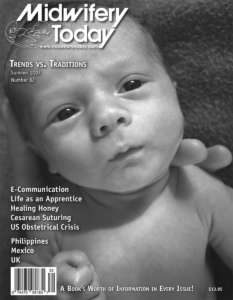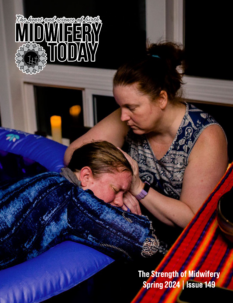Editor’s note: This article first appeared in Midwifery Today, Issue 82, Summer 2007. Join Midwifery Today Online Membership What is the ideal cesarean section rate? That rate associated with the least possible morbidity and mortality for mother/baby. This is the suggestion of Fernando Althabe of the Perinatal Research Unit, Montevideo, Uruguay, and Jose Belizan of the Institute for Clinical Effectiveness and Health Policy, Buenos Aires, Argentina, in their recent article in The Lancet.(1) They acknowledge that the appropriate rate is debatable. One to five percent is a range for the minimum. Fifteen percent, as suggested by WHO (2), is a commonly accepted goal for a maximum rate. Althabe and Belizan are commenting on a study of cesarean rates in developing countries, reported in the same issue of The Lancet.(3) One way to determine whether 1% or more is really a minimum safe cesarean rate, look at three conditions that can be fatal without surgical intervention. The rates of these conditions are variable, depending on the population and other factors. Placenta previa at term occurs in about one in 200 births. However, it is more common in multipara and in older women, occurring in more than 1% of the time, even more frequently if the woman has had a previous cesarean. In primipara the rate may be one in 400 or less. Abruptio placenta occurrence varies between 0.5% and 1.5%. It is more frequent in women who have high blood pressure, smoke cigarettes, or are carrying a multiple pregnancy. Cocaine or methamphetamine use raises the rate dramatically. Finally, transverse lie in labor occurs about one time in three hundred and is more frequent in multipara, multiple births, and with prematurity. With these three conditions, we have a 1% or 2% population-wide rate of potentially necessary cesarean deliveries, without even considering disproportion,… Read more…. Marion’s Message: Too Many or Not Enough Cesarean Sections?
This post is only available to members. To purchase an online membership, go
here.
If you are already an online member
login here.
Read more…. Marion’s Message: Too Many or Not Enough Cesarean Sections?































